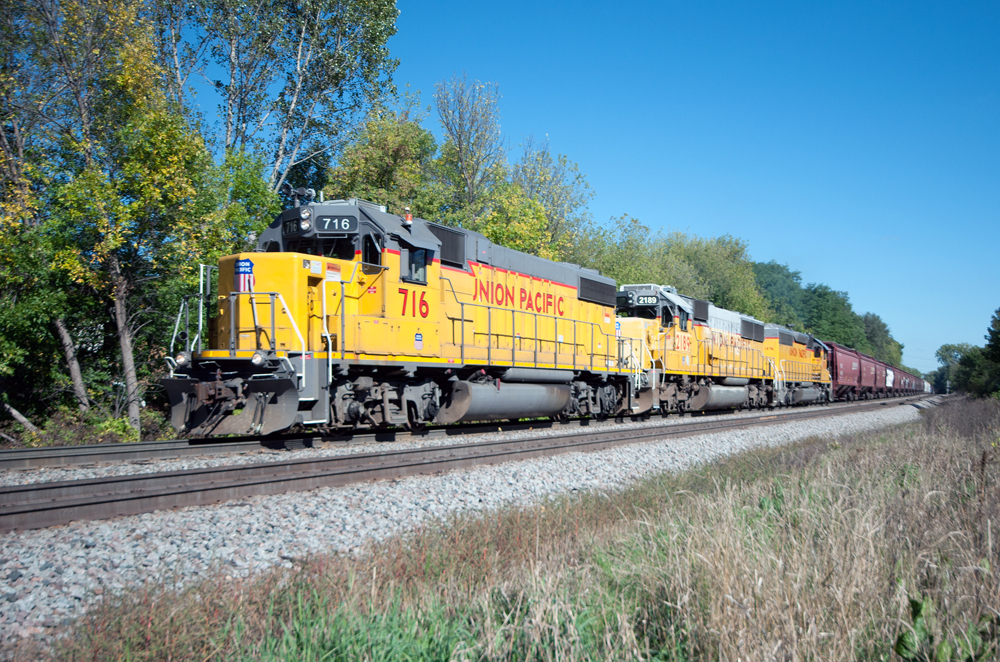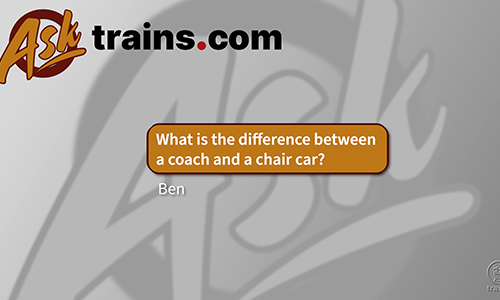Answer: In short, it is complicated. There are differences between how most Class I railroaders are paid and their short line colleagues — and even between crews working in yards versus over the road.
On Class I railroads, yard crews work a standard day, that is eight hours at an hourly rate. Overtime pay begins after the eighth hour on a daily basis — not the normal 40 hours workers in other industries might earn — and is pretty straight forward.
For crews on road trains, it gets to be a much more complicated formula.
In the old days, road crews were typically paid based on roughly 100-mile runs, with a beginning and end point. One-hundred miles is the relative distance a steam locomotive and train could go without servicing the engine. Each railroad’s unions agreed on that basic “100 mile day” would be a crew district and at what point a road crew would go on overtime pay.
Technology such as dieselization, roller wheel bearings, and radio, have made it practical (and safer) for railroads to create longer and longer crew districts. Most Class I railroad crew districts are now usually the length of two or more previous crew districts.
Busy terminals are worked with a giant pool of crews that work in a first in/first out system. Known as “I.D. Pools” short for Interdivisional, because they cross the boundaries of previous districts or divisions. These districts manpower requirements are governed and controlled by the union, and set the amount of “Turns” in that pool so that everybody makes an equal piece of the mileage pie.
As things get busy, turns are added. As business slacks off, turns are cut. These I.D. pools are usually pretty coveted jobs, because they historically paid greater miles than the short districts — which sounds great because your money is made up front in millage, but with distance comes a tradeoff.
There is still a time component that penalizes the crew for not making all the miles in an agreed run, which is incentive for crews to get as far as they could on a given district under their control.
Arbitrariness in union contracts complicate the rate structure even more: Locomotive weight on wheels, meal periods, initial and final terminal delay in yards, unscheduled work in route and even arm rests on the locomotive are all added to a crew member’s pay.
This all began to change with the shortline and regional railroad non-union employment growth in the late 1980s. As more branches and lines were spun off, things were made very simple by the union and non-union survivors, with generally lower paying, strict 8-hour plus-overtime, or a straight 12-hour basic days that were all agreed to or set depending on the health of the railroad or regional competitiveness to other industries in that geographic area — or even daily workload of the railroads on an individual basis.
This method has remained pretty constant in the regional railroad arena, with things such as profit sharing and other safety incentives, to make up for a general lower rate of pay overall.
Former rail executive Hunter Harrison started a revolution on Class I railroads that has again simplified the rate structure to a basic day and overtime after the 10th hour (usually) on all road and yard jobs. The rate pays higher than normal because MOST of the arbitrariness was factored into the rate, and alleviated the need for the armies of pay clerks to figure the facts out of all these union arbitration claims, cutting the size of payroll drastically.
Called a “Trip Rate,” most Class I railroads have districts or divisions that follow this easier method, while some still cling to the older millage agreements. — William Beecher, Class I railroad locomotive engineer, Wisconsin














